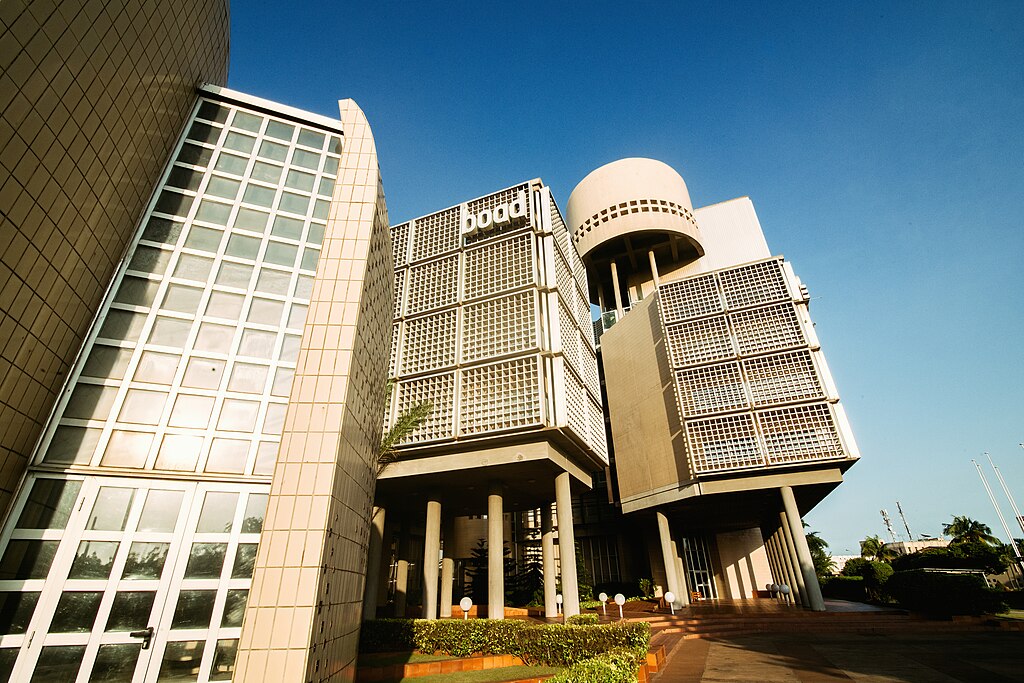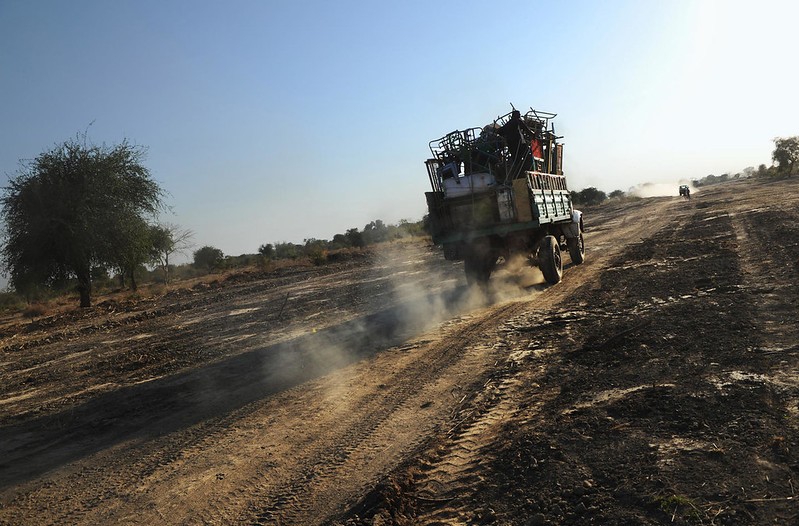Is it possible to reduce violent conflict at a local level through peacebuilding projects? If so, what kind of interventions are effective in doing so? Two recent studies from Nigeria and Sudan suggest that training local leaders and committees in dispute resolution can effectively reduce conflict.
In the last decade, the focus of many peacebuilding efforts has shifted to local-level interventions—in response to critiques of older, top-down peacekeeping approaches. Drawing on academic theory and the expertise of skilled practitioners, non-governmental and multilateral organizations have designed peacebuilding projects that work to bolster local institutional capacities to defuse conflicts.
But the effectiveness of these approaches has remained mostly untested. Unlike for other development topics like nutrition or water, sanitation and hygiene, there is a lack of rigorous evidence about the effectiveness of these increasingly-common peacebuilding approaches. 3ie's Evidence Gap Map on building peaceful societies shows huge gaps in the literature, and progress on filling them has been slow.
Two new studies from Nigeria and Sudan start to fill an essential gap. Both evaluate the effectiveness of providing support and training to the existing local leaders and institutions who already work to resolve conflicts over land and other issues. Left unchecked, these conflicts can spiral out of control into wider wars. Both evaluations find evidence that the interventions were effective in reducing conflicts.
Nigeria
In North Central Nigeria, where pastoralist and farmer violence continues to increase, an intervention led by Mercy Corps tested whether mediation training for local leaders could make communities safer. Local leaders are often the first to respond to local disputes, but little evidence exists on whether building their negotiation and mediation skills reduces violence at the community level.
To fill this gap, a randomized controlled trial (RCT) was conducted between 2019 and 2022 across 88 communities in Benue, Kogi, and Plateau states. Leaders in 44 communities received intensive training in Interest-Based Mediation and Negotiation (IBMN), while leaders in 44 comparison communities continued resolving disputes as usual. Researchers surveyed 662 local leaders and over 4,000 households to measure perceived security, exposure to violence, satisfaction with leadership, and social cohesion.
The evaluation found that the mediation training significantly improved both leaders’ skills and community outcomes. Leaders who received the training reported stronger conflict resolution skills, greater confidence, and fewer violent incidents in their communities. At the community level, violence declined more sharply in intervention areas—only 29% of residents reported a recent violent incident, compared to 55% in comparison areas. Residents in treatment communities also felt safer walking around, avoided fewer areas, and were more satisfied with their leaders’ ability to resolve disputes.
Further investigation suggests that the improvements may have stemmed not only from stronger negotiation skills among leaders, but also from the new connections and relationships built during the training sessions. These connections helped turn leaders from opposing groups into more credible partners in dispute mediation.
Overall, the results indicate that investing in the mediation capabilities of trusted local leaders may be a cost-effective way to reduce violence and improve local security, especially in regions where formal state presence is limited and where violence is largely motivated by resource-scarcity.
Sudan
In East Darfur, a different intervention supported by the United Nations Secretary-General's Peacebuilding Fund (PBF) had similar results – it reduced the number of local land conflicts in the areas where it worked.
The PBF funded a joint program involving multiple UN agencies in Darfur, prioritizing multifaceted initiatives that can address several interrelated peacebuilding factors. In this case, the project combined conflict mediation and training with local service delivery, based on the idea that social and economic resilience are fundamental elements in building foundations for conflict prevention and management.
Specifically, training for local "peace committees" came alongside numerous other components, including materials for local schools, improvements in sanitation and water infrastructure, and support for civil society organizations. These results are drawn from a 3ie-led impact evaluation conducted as part of our PeaceFIELD initiative.
The project was implemented between 2020 and 2022 by a consortium of six UN agencies: FAO, IOM, UNDP, UN-Habitat, UNHCR, and UNICEF. (Endline data was collected just before the start of the larger war in Sudan in 2023; this project and impact evaluation considered only local-level conflicts.)
In addition to significantly reducing the number of land conflicts, the project also led people to believe that local justice mechanisms were more effective.
For both results, the effects were much larger for the members of historically-marginalized minority tribes, demonstrating the project’s effectiveness at being inclusive of marginalized groups. In that subgroup, the reduction in land conflicts represented one fewer conflict for every four households.
Detailed interviews from project implementation areas corroborate these findings. As one resident put it: "The region is stable and security is better than the previous periods because of the reconciliations that took place in the region, by the formation of committees by [a project implementing organization], where committees were formed to resolve conflicts in the community."
The project also improved other types of outcomes, increasing school enrollment and attendance, as well as improving perceptions of administrative and sanitation services. For more details, the full evaluation report and a summary brief are here.







